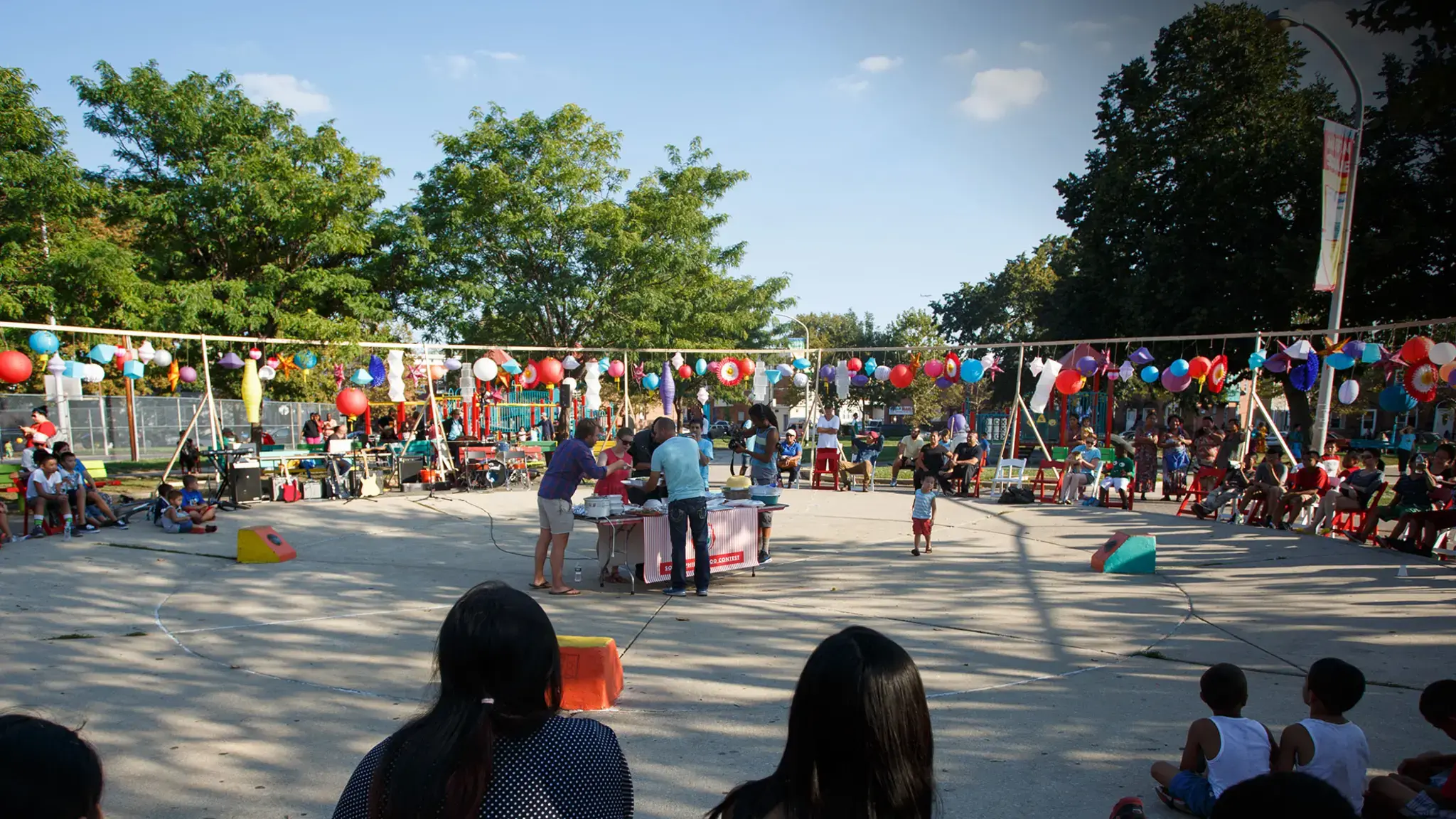

What is the role of design in contemporary culture? In the video that follows, we speak to cultural activist Miguel Robles-Durán of Cohabitation Strategies (CohStra) and Pew Fellow, artist, and graphic designer Anthony Smyrski about how new understandings of design can better engage the communities it serves.
Robles-Durán cites one of CohStra’s core principles: “to not engage with the common practices of design,” typically used to produce material structures or products. Instead, CohStra focuses on the design of processes that “develop dialectically over time,” he says.
Smyrski invokes the Dutch philosophy of “total design”—the concept that all parts of a project or an urban environment are interrelated. He believes that designers can give the voices of varying contributors a form, producing a meaningful whole for audiences to interact with.
Cohabitation Strategies (CohStra) is a non-profit cooperative for socio-spatial research, design, and development based in New York City, Rotterdam, and Ibiza. They brought their approach to Philadelphia with the Center-funded Playgrounds for Useful Knowledge, working in South Philadelphia with Philadelphia Mural Arts Program. Founded in 2008 by Lucia Babina, Emiliano Gandolfi, Gabriela Rendón, and Miguel Robles-Durán, CohStra has initiated community-engaged projects and operation centers in various cities across Europe, South and North America.
Pew Fellow Anthony Smyrski is one member of the artist duo Megawords and is the founder of the design firm Random Embassy. As Megawords, Smyrski and his collaborator Dan Murphy are known throughout Philadelphia for installations that are equal parts gathering space, artist studio, and storefront. While their practice has a global reach, as they collaborate with artists internationally, it is deeply rooted in Philadelphia.